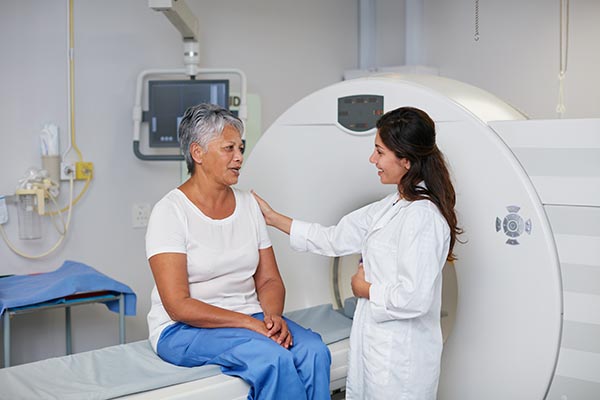Navigating Menopause: Signs, Stages, and Symptom Relief
April 30, 2024
This article was reviewed by our Baystate Health team to ensure medical accuracy.
 Vanessa K. Ross, CNM
View Profile
Vanessa K. Ross, CNM
View Profile

Health & Wellness Tips
Related Articles
-
Health Article
![Over-the-Counter Birth Control Pills-What You Need to Know]()
Over-the-Counter Birth Control Pills: What You Need to Know
-
Health Article
![Make your 2023 New Years Resolutions]()
5 Achievable 2024 Health-Related New Year's Resolutions
-
Health Article
![feet in socks by a winter fire]()
Health Tips for the Holidays: Strategies to Stay Fit and Jolly
-
Health Article
![a woman discussing pancreatic cysts with her doctor, waiting for an MRI scan]()
Are Pancreatic Cysts Dangerous? Do They Cause Pancreatic Cancer?
-
Health Article
![When to Get a Flu Shot]()
When to Get a Flu Shot, According to Experts
-
Health Article
![What Are Fibroids_ Treatments and Options for This Common Issue]()
What Are Fibroids? Treatments and Options for This Common Issue
-
Health Article
![How to Prevent Holiday Heart Syndrome]()
Holiday Heart Syndrome: Knowing the signs could save a life
-
Health Article
![a child and her mother at the pediatrician getting a check-up]()
Childhood Cancer Signs and Symptoms Explained by a Pediatrician
-
Health Article
![Children's Hospital facility dog Isabela posing with her green vest on]()
How Isabela the Facility Dog Supports Patient Care
-
Health Article
![a woman in a plain white tshirt conducting a breast self exam in a mirror]()
Signs of Breast Cancer (That Aren't Lumps): Skin & Nipple Changes
Back to Top












